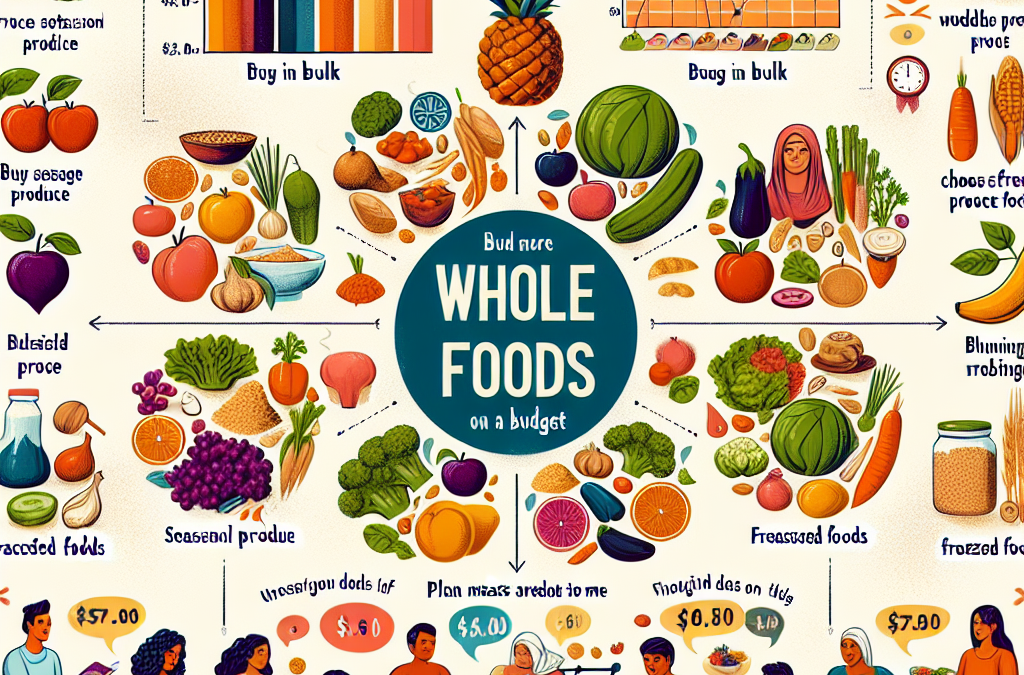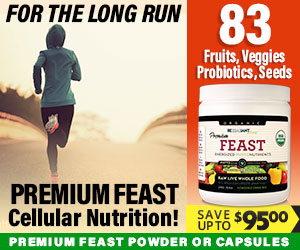Table of Contents
- 1. Fresh Organic Fruits
- 2. Nutrient-Dense Vegetables
- 3. Whole Grains & Legumes
- 4. Healthy Nuts and Seeds
- 5. Free-Range Proteins
- 6. Gut-Boosting Fermented Foods
- 7. Organic Dairy or Plant-Based Alternatives
- 8. Superfood Additions
- 9. Hydrating Beverages
- 10. Herbal and Spiced Teas
1. Fresh Organic Fruits
Choosing the best organic fruits for 2025
In 2025, the emphasis on organic produce has never been greater. Fresh organic fruits not only taste better but are also free from harmful pesticides and chemicals. When creating your whole food grocery list, prioritize seasonal fruits like berries, apples, and citrus, which offer maximum nutrients and flavor.
Many consumers are shifting towards locally sourced organic fruits to reduce environmental impact and support local farmers. Look for season-specific options to get the freshest produce that aligns with your health goals and sustainability values.
Studies show that organic fruits contain higher levels of antioxidants compared to conventional produce. This makes them a vital part of a nutrient-dense whole food grocery list that supports immunity and overall wellness in 2025.
Practical tips for incorporating organic fruits
One way to enhance your grocery list is to plan based on seasonal organic fruits. For example, strawberries and cherries in the summer, apples and pears in the fall, and citrus in winter. This not only saves money but also boosts flavor and nutrition.
Additionally, consider freezing surplus fruits for smoothies or bakingâthis helps reduce waste and keeps your healthy options available year-round.
Implementing a weekly fruit prep routine can make healthier choices more accessible and enjoyable for everyone in the household.
2. Nutrient-Dense Vegetables
Outstanding vegetables to include in 2025
Vegetables are essential for a balanced whole food grocery list. In 2025, prioritize a variety of leafy greens, cruciferous vegetables, root vegetables, and colorful peppers. These provide vital nutrients like vitamins A, C, K, and fiber.
Dark leafy greens such as kale, spinach, and Swiss chard are rich in antioxidants that support cellular health and may reduce inflammation. Incorporating different colors of vegetables helps maximize diverse phytochemicals beneficial for health.
Stay updated with trends like fermented vegetablesâkimchi and sauerkrautâwhich add probiotics for gut health. These are becoming standard on a powerful whole food grocery list in 2025 for their health benefits.
Huge Discount on the Best Certified Organic Whole Food Supplement!
How to easily incorporate more vegetables
Make vegetables the star of your meals by roasting, stir-frying, or adding them raw to salads. Prepare large batches to save time through the week. Use herbs and spices to enhance flavor naturally without add-ons.
Investing in quality kitchen tools, such as a good chefâs knife and vegetable steamer, makes prepping vegetables faster and more enjoyable. Remember, the more colorful your plate, the better your nutrient intake.
Educate yourself about new vegetable varieties and recipes trending in 2025 to keep your whole food grocery list exciting and diverse.
FAQs
Q1: What is a whole food grocery list and why is it important in 2025?
A whole food grocery list comprises unprocessed, natural foods like fruits, vegetables, nuts, grains, and proteins that are minimally refined. In 2025, focusing on such foods is crucial for optimal health, reducing exposure to chemicals, and supporting sustainability. Building a powerful whole food grocery list helps you stay committed to a nutritious diet and promotes overall wellness.
Q2: How can I create a balanced whole food grocery list for 2025?
Start by including a variety of categories: fresh produce, whole grains, healthy proteins, and fermented foods. Prioritize organic and local options when possible. Plan meals around seasonal ingredients to ensure freshness and cost-effectiveness. Adjust quantities based on your dietary needs and household size.
Q3: What are trending superfoods for 2025 to add to my whole food grocery list?
Superfoods like moringa, seaweed, activated charcoal, and adaptogenic herbs are gaining popularity. These add nutrient density and functional benefits to your diet. Incorporate them gradually into smoothies, salads, or teas for a health boost in 2025.
Q4: How can I make my whole food grocery list environmentally sustainable in 2025?
Focus on buying locally grown, organic produce to reduce transportation emissions. Use reusable bags and containers. Choose bulk purchase options to minimize packaging waste. Supporting sustainable farms also ensures the continued availability of high-quality whole foods.
Conclusion
Creating a powerful whole food grocery list for 2025 is about more than just shopping; itâs a commitment to a healthier, more sustainable lifestyle. By prioritizing fresh, organic, and nutrient-dense foods, you set yourself up for ongoing wellness and vitality. Stay informed about trends and incorporate diverse, wholesome ingredients to maximize your health benefits. Remember, your grocery choices directly impact your well-being, environment, and futureâmaking a well-curated whole food grocery list an essential part of your 2025 health plan.




